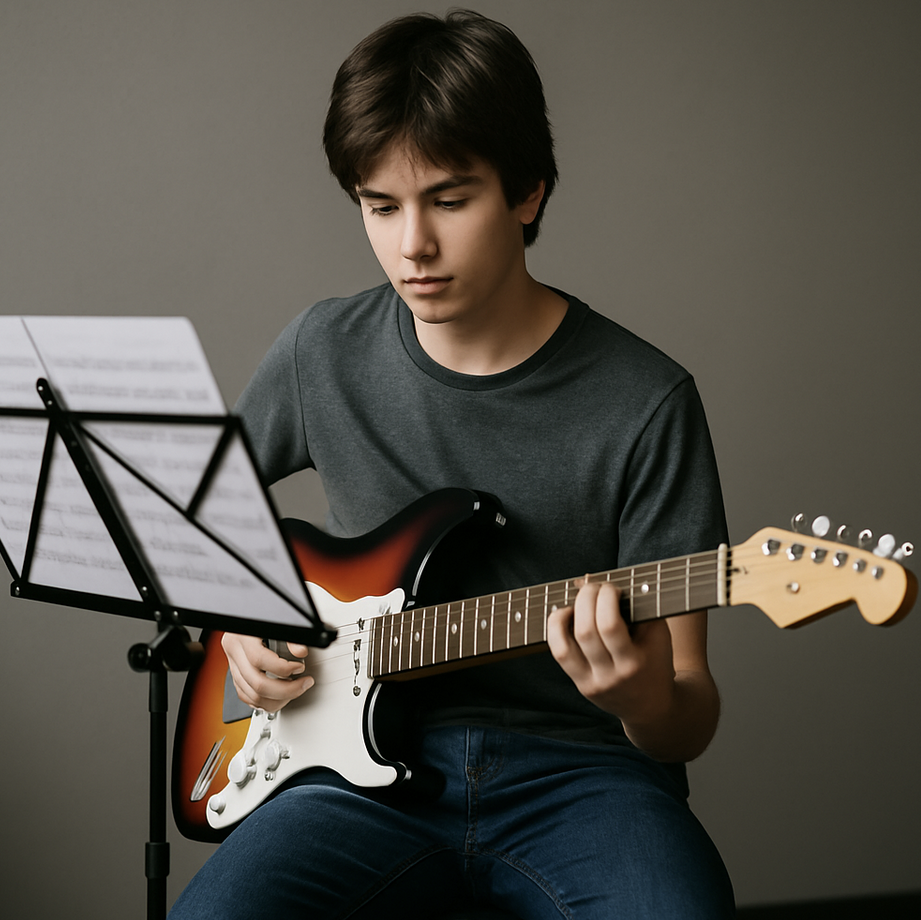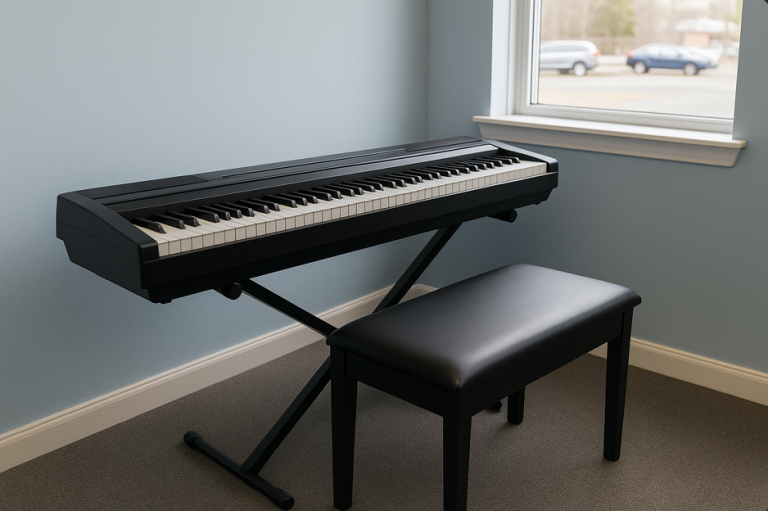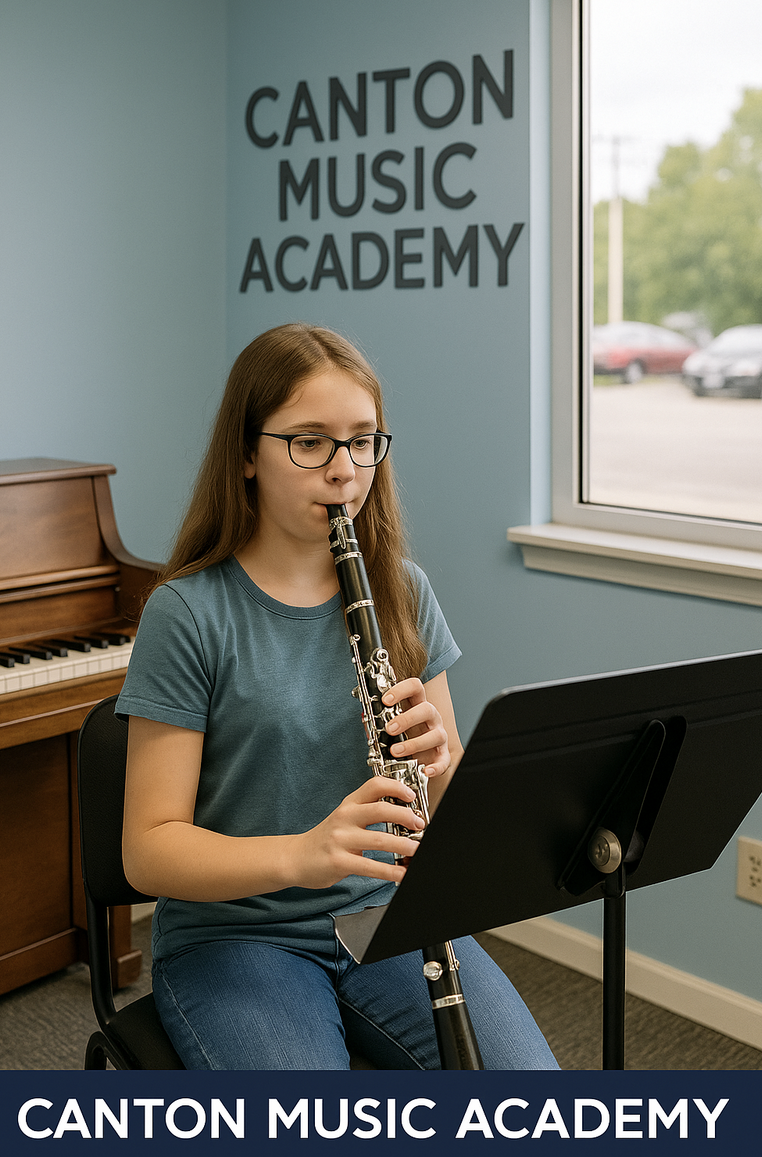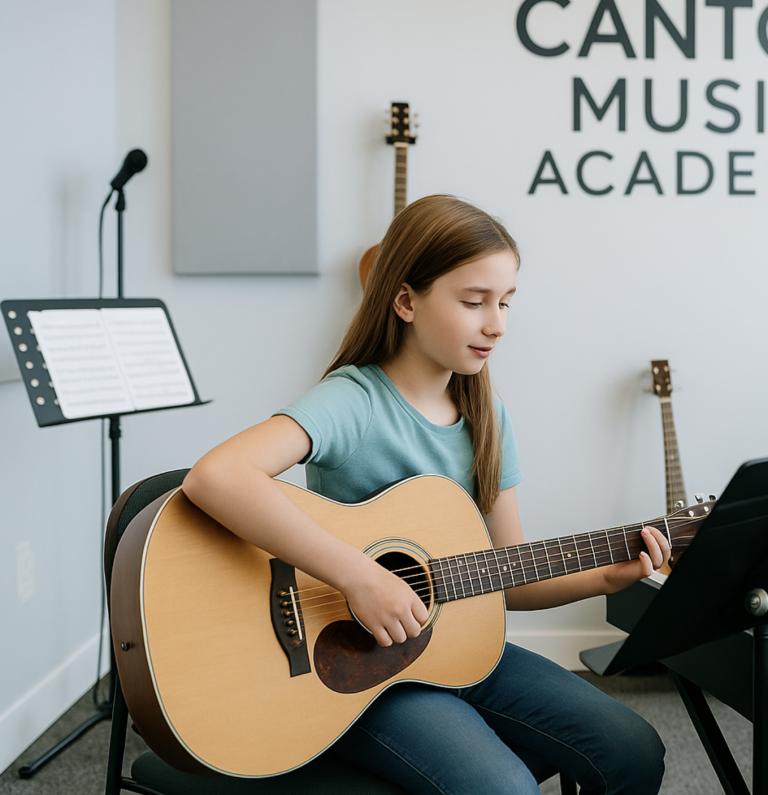Guitar Music Theory: The 19 Unique Three-Note Pitch Classes
Understanding the foundational elements of music theory can profoundly enhance your guitar playing. One such element is the concept of three-note pitch classes, which serve as the building blocks for chords and scales. In this article, we’ll explore the 19 unique three-note pitch class sets and their significance in guitar music theory.
What Are Three-Note Pitch Classes?
In music theory, a pitch class refers to all notes that are a whole number of octaves apart, essentially grouping notes that share the same name across octaves. When we discuss three-note pitch classes, we’re examining sets of three distinct pitch classes that form the basis of various chords and harmonic structures.
These triads are not just random combinations; they are specific groupings that, through inversion and transposition, cover the harmonic possibilities within the 12-tone equal temperament system. Recognizing these sets helps guitarists understand chord construction, voice leading, and harmonic progression.
The 19 Unique Three-Note Pitch Class Sets
Despite the myriad of chords and voicings available on the guitar, there are only 19 unique three-note pitch class sets when considering inversional and transpositional equivalence. Here’s a breakdown:
- Major Triad (1-3-5): Foundational chord in Western music.
- Minor Triad (1-b3-5): Essential for expressing melancholy or tension.
- Diminished Triad (1-b3-b5): Creates a sense of instability.
- Augmented Triad (1-3-#5): Adds a sense of ambiguity.
- Suspended 4th (1-4-5): Replaces the third with a fourth.
- Suspended b2 (1-b2-5): Rare, creates a unique tension.
- Suspended #4 (1-#4-5): Adds a sharp fourth for dissonance.
- Major 7 no 5 (1-3-7): Omits the fifth for a more open sound.
- Minor 7 no 5 (1-b3-b7): Similar to minor 7 but omits the fifth.
- Dominant 7 no 5 (1-3-b7): Dominant quality without the fifth.
- 1-3-4 (from Major Scale): Adds a fourth to the major dyad.
- 1-b3-4 (from Minor Scale): Minor dyad with an added fourth.
- 1-3-#4 (from Lydian Scale): Characteristic of the Lydian mode.
- 1-2-3 (from Major Scale): Stepwise motion within the scale.
- 1-2-b3 (from Minor Scale): Combines major second and minor third.
- 1-b2-b3 (from Phrygian Scale): Distinctive of the Phrygian mode.
- 1-b2-2 (from Chromatic Scale): Chromatic cluster.
- 1-b2-3 (from Various Modal Scales): Hybrid modal quality.
- 1-b3-3 (from Various Modal Scales): Juxtaposition of minor and major thirds.
Understanding these sets allows guitarists to recognize patterns, construct chords, and explore new harmonic territories.
Applying Three-Note Pitch Classes to Guitar
On the guitar, these pitch class sets translate into various chord shapes and voicings. For instance:
- Major Triad (C-E-G): Can be played in open position or as barre chords.
- Minor Triad (A-C-E): Found in open A minor or as movable shapes.
- Diminished Triad (B-D-F): Often used in passing chords or tension-building.
By practicing these triads across the fretboard, guitarists can develop a deeper understanding of chord construction and voice leading.
Why This Matters for Guitarists
Grasping the concept of three-note pitch classes empowers guitarists to:
- Enhance Improvisation: Recognize chord tones and target them during solos.
- Improve Composition: Build chord progressions with intentional harmonic movement.
- Understand Harmony: Analyze songs and understand the underlying chord structures.
Moreover, this knowledge bridges the gap between theoretical concepts and practical application, making it an invaluable tool for any serious guitarist.
Explore Further at Canton Music Academy
At Canton Music Academy, we offer comprehensive guitar lessons that delve into music theory, including the study of three-note pitch classes. Our experienced instructors guide students through the intricacies of harmony, chord construction, and fretboard navigation.
Ready to elevate your guitar playing? Schedule your lesson today.
Previous Post – Canton Piano Instruction Kids
By Henry Bahrou – Guitarist, Music Theorist, and Music Academy Director







